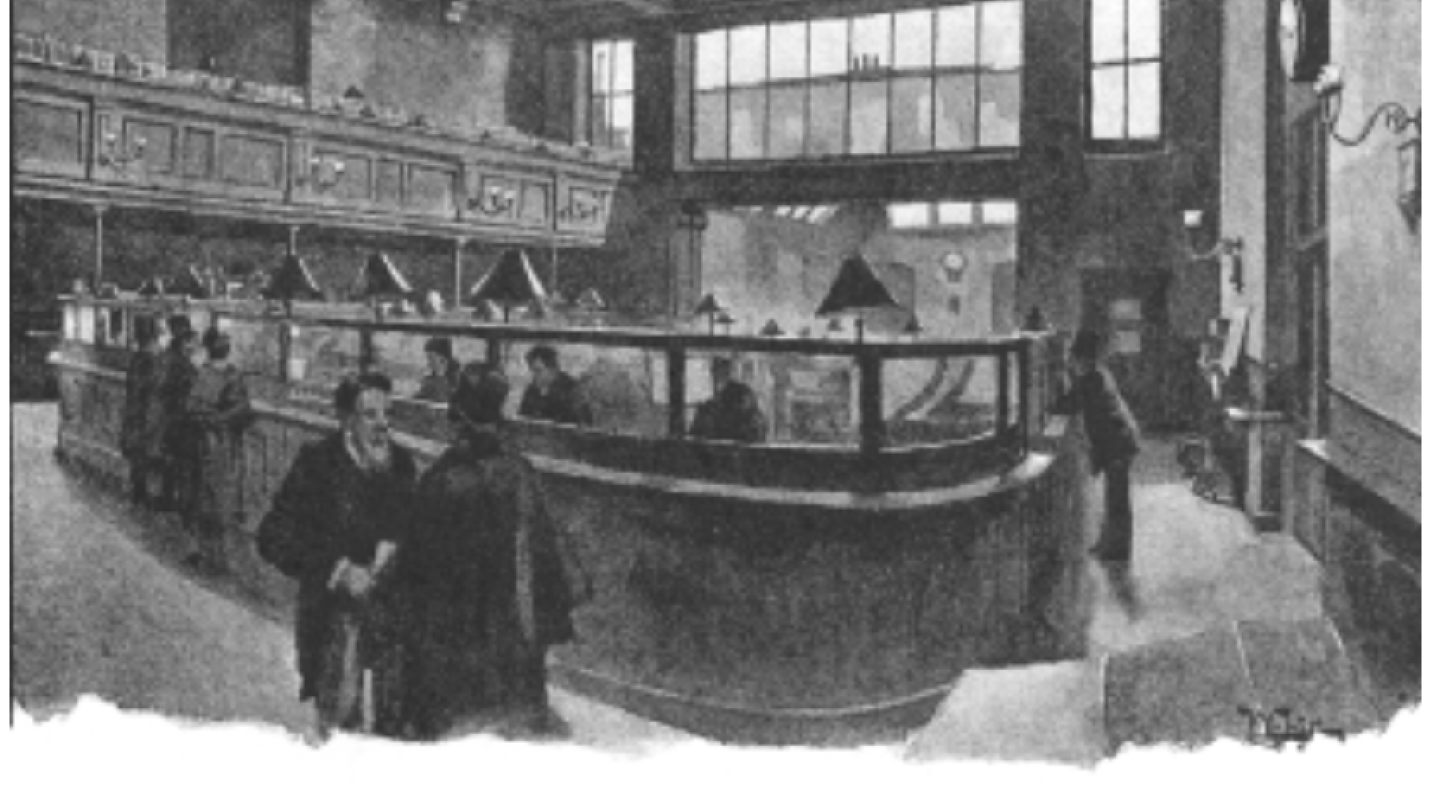1890 - The discount rate is used for the first time

Banking firm Barings Brothers triggered an international financial crisis after failed speculations. For the first time, the Riksbank used the policy rate of the time, the discount rate, to cool down the strong demand for foreign currency.
From the mid-19th century, an increasing number of economists began to argue in favour of the states using the interest rate to regulate the value of money. By raising the price of money, those who least needed money could be made to refrain from using it. Those who really needed money would be prepared to pay for it. In this way, the interest rate would not strike as indiscriminately as the general withdrawal of loans that had previously been used to reduce the amount of banknotes in circulation.
The international breakthrough for this new outlook came when the editor of The Economist, Walter Bagehot, published Lombard Street in 1873. In this pamphlet on the role of the central banks, Walter Bagehot launched the modern view of rate-setting and action to take during a financial crisis.
Bagehot argued that the central banks should ensure that there was always money available, even if this was expensive in a crisis. The editor of The Economist felt that all creditworthy companies would then survive, while the risk of being wiped out was much greater if credit to all was suddenly strangled.
It was not until 1890 that the Riksbank adopted the new methods. This took place in connection with the international Baring Crisis and it was an important milestone for the Swedish economy. This was when the Riksbank used the policy rate of the time, the discount rate, for the first time. Its purpose was the same as today, to influence the demand for money in the Swedish economy.
